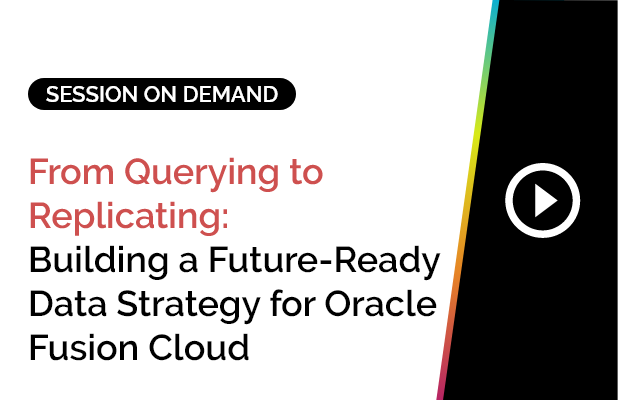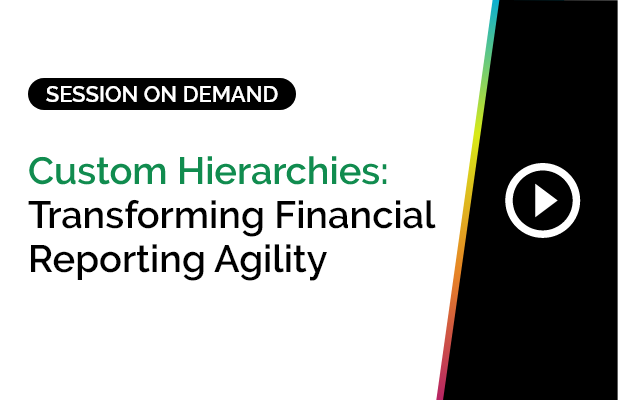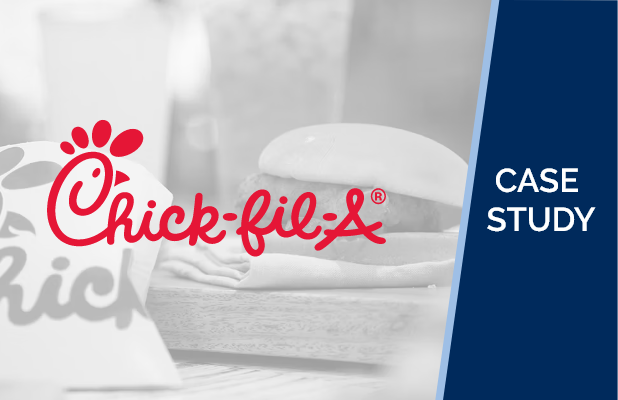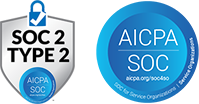Connecting Disconnected Data for Strategic Impact
HR teams are often overwhelmed by the sheer volume of data they manage. From core HR systems to recruiting platforms, learning management systems (LMS), and even legacy data, HR departments handle tons of requests coming in daily, but a significant hurdle for them that this crucial data often resides in disconnected systems and disparate sources.
Fragmented HR Data: The Challenge for Modern HR Analytics
Many organizations operate in a “best-of-breed” environment, meaning they use different systems for different HR functions. For example, core HR might be in Oracle or UKG, applicant tracking (ATS) in iCIMS, and learning in Cornerstone. While these individual applications are powerful, they are frequently not integrated, leading to a complex tech stack. This fragmented workforce data poses a significant challenge for holistic HR analytics.
Beyond official systems, a significant amount of vital HR data also lives in spreadsheets. As one of our experts notes, “much of your data is in spreadsheets that IT teams are keeping”. Tying all this scattered data together is essential for a comprehensive understanding of the workforce and to generate actionable insights.
The ultimate goal for HR is to transform this raw data, whether terabytes or even petabytes, into actionable insights, reports, charts, and dashboards that support “data-driven decisions” and contribute to “positive outcomes” for the business.
Why Data-Driven Decisions Matter
Think of your car’s dashboard: when you start your car, it instantaneously performs thousands of calculations, displaying information like miles per gallon, distance to empty, and fluid levels. It even offers ad hoc capabilities, like calculating the best route when you enter a destination. This readily available information helps you operate more efficiently & effectively. The question is, why can’t the same thing happen when you log in to your computer at work?
Just as your car provides pre-built and on-demand information, your work systems should automatically provide relevant data and calculations to help individuals, teams, management, & even the C-level work more efficiently. This transition from going with gut to fact-based decisions is fundamental to revealing the best course of action for various HR challenges, such as recruiting issues or internal turnover. Utilizing workforce data for strategic insights is no longer optional.
Traditional Approaches vs. Modern Solutions
Organizations typically try to bridge their data gaps in a couple of ways:
- Internal Resources: They deploy internal teams to build reports and manage insights. However, these resources often have other primary duties, making it a double-duty scenario that’s pretty tough on internal resources.
- Professional Consulting Firms: Some organizations engage consulting firms for massive services engagement[s] to build solutions from scratch. While this can work, it often takes a lot of time and involves a lot of manual efforts, which might not always be as quick as organizations want.
SplashBI’s Approach to People Analytics
SplashBI offers a different path, focusing on rapid implementation and comprehensive data integration for people analytics:
- Unified Data Model: SplashBI utilizes a data model that ingests data from a variety of systems, quickly integrating with existing HR systems like Oracle, UKG, iCIMS, Cornerstone, and even spreadsheets. This helps normalize data & ensure consistency across systems, leading to a single source of truth that everyone can rely on.
- Pre-Built Content: The platform delivers hundreds of pre-built analytics, Key Performance Indicators (KPIs), charts, and dashboards. This content acts as a “jumping off point,” guiding organizations on what to measure based on industry best practices. The objective is to enable rapid transformation from raw data to actionable insights.
- Customization and Self-Service: While offering pre-built solutions, SplashBI’s tools allow users to reconfigure and build upon these reports and dashboards to match their specific organizational needs and definitions. This creates a self-service environment where users can manage their data independently.
- Enhanced Security: SplashBI not only leverages existing in-house security but also provides the ability to enhance and configure security to control who sees what data at different organizational levels – from HR to the C-suite and line managers. The principle is: You can’t fix what you can’t see, and more eyes on the data help improve its accuracy and how it’s managed.
Key Takeaways for Your Workforce Data Journey
Regardless of your organization’s size or where you are in your data journey, here are some crucial points to consider for managing your workforce analytics:
- Don’t Be Overwhelmed; Start Small: The sheer volume of HR data can feel daunting. It’s perfectly fine to start small and concentrate on specific areas, such as reducing ‘regret turnover’. Even small achievements can lead to significant cost savings by retaining high-potential employees and avoiding recruiting expenses.
- Data Integration is Achievable: The term integration might sound scary, but modern technologies can easily pull data from diverse sources (spreadsheets, APIs, databases, data lakes) and automate the process.
- Automate for Relevance: Manual data processes can render information outdated by the time it’s accessed. Automation is crucial for utilizing real-time or near real-time data for more informed decision-making.
- Expose Data to Improve It: By making data visible across different levels of the organization, with appropriate security, you can identify and fix hidden issues. More individuals reviewing the data helps refine its accuracy and management.
- Focus on People, Let Technology Handle Data: The ultimate goal is to automate data management and analytics so that HR can focus on its core mission: focus on the people, focus on talent management, growing the organization, teaching the organization, engaging the organization.
- Think Enterprise-Wide: While focusing on HR data is valuable, the real power comes from integrating all enterprise data. Imagine combining HR data with finance data to show the financial impact of people movements – this provides immense value to the CFO, CHRO, and CEO.
- You’re Closer Than You Think: Don’t let the perceived state of your data prevent you from starting. A phased approach, whether by HR competency (core metrics, recruiting, talent, learning, payroll) or by starting with a smaller part of the company or specific reporting needs, is a viable and recommended strategy.
The journey from disconnected HR data to strategic, fact-based people analytics and insights is not always easy, but with the right approach and technology, it’s an achievable and highly rewarding endeavor that transforms HR into a true strategic partner and driver better business outcomes.
Wanna see our experts digging through this challenge? Watch our session here.














